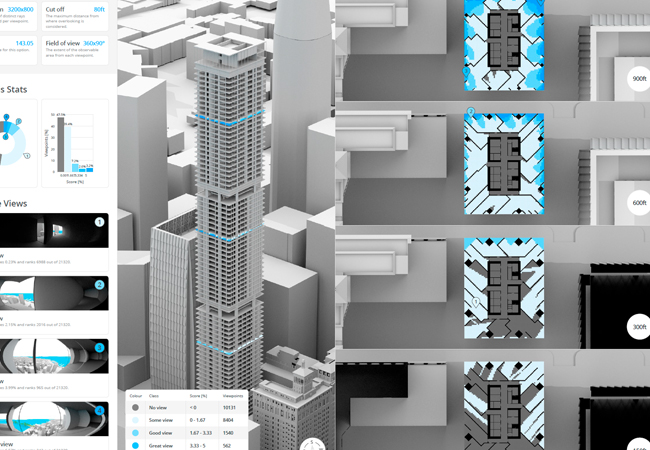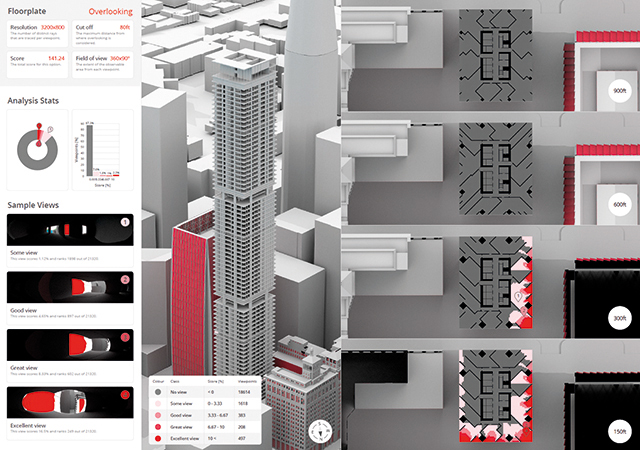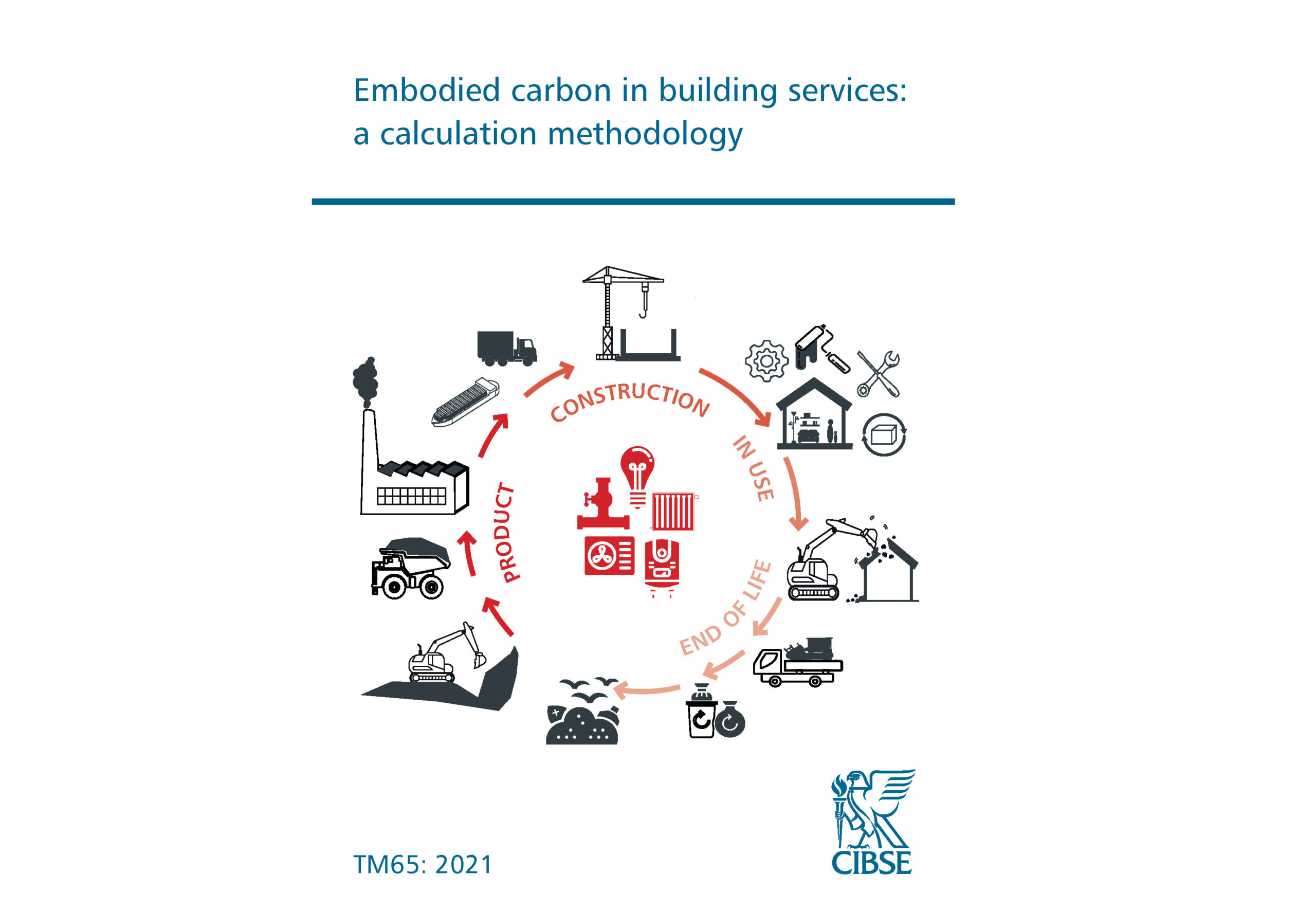
Engineering design and data are increasingly converging. At Foster + Partners, a team of designers and engineers has developed Cyclops, a powerful in-house software tool with the potential to transform the way software is used in our industry.
Recognised at the 2025 CIBSE Building Performance Awards for the Best Digital Innovation – Organisational Strategy award, Cyclops is a strategic shift toward real-time, performance-led architecture. This GPU-powered platform is allowing designers to interact with analysis as they design, eliminating long waits, streamlining decisions, and reimagining what’s possible when intuition and data work side by side.
The core objective behind Cyclops is to make environmental design analysis more accessible and dramatically faster. Traditionally, environmental simulations such as daylight analysis or solar radiation mapping are time-consuming and require specialist tools. Cyclops has been working to change this by embedding real-time analysis directly into the design process, allowing architects and engineers to iterate quickly and make data-informed decisions on the go.
Developed using GPU (Graphics Processing Unit) computing, Fosters say that Cyclops delivers lightning-fast performance, up to 10,000 times faster than traditional sunlight hour analysis tools for certain metrics. This efficiency means that what used to take days now takes minutes, transforming analysis from a back-end task into a live, interactive part of the design workflow.

Integrated as a plugin for Rhino and Grasshopper, Cyclops can be seamlessly woven into the software ecosystems most architects already use. It currently supports 17 distinct types of analysis, ranging from sunlight hours, sky component, and cumulative radiation, to detailed daylight metrics like daylight factor, autonomy, and illuminance. Cyclops also enables geometry visibility analysis, which is essential for understanding views, shading, and spatial quality, an increasingly vital consideration in both urban planning and high-performance design.
Foster + Partners say they prioritised internal adoption through templated workflows, tutorial files, and broad accessibility via the firm’s intranet. The programme has had rapid adoption rate: within six months of its release, over 200 unique users, roughly 40% of all Rhino users at the practice, had already integrated Cyclops into their work. A global, cross-disciplinary user group, including architects, environmental engineers, and lighting specialists, ensures the tool evolves in response to real-world demands.
The enthusiasm was clear from the start. Within two days of internal launch, Cyclops workshops drew over 100 participants, demonstrating its broad appeal and practical value. User-driven feedback has already led to the addition of new analysis types, an indication of Cyclops’ dynamic development model.
The CIBSE BPA judges praised Foster + Partners for ‘driving software development internally, rather than waiting for the market to catch up,’ adding that Cyclops ‘could create a seismic shift in the way software is used.’
By eliminating the traditional lag between design and analysis, Cyclops enables a new era of real-time, performance-driven architecture. It’s a prime example of how AI, GPU computing, and thoughtful organisational strategy can converge to create tools that don’t just support innovation, they drive it.



